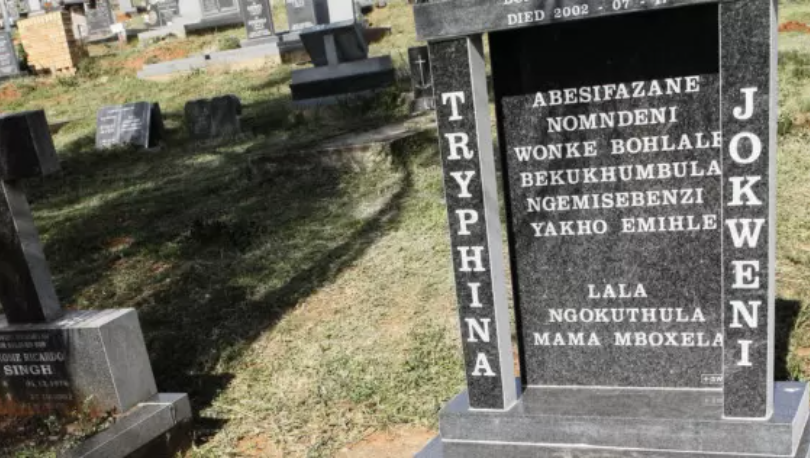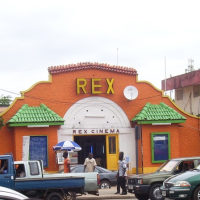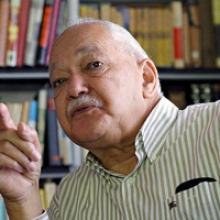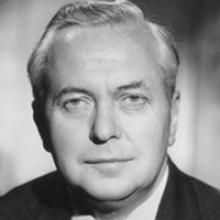Ignatius Iggy Mthebule remembered

Ignatius ‘Iggy’ or ‘Gab’ Mthebule was a student activist and leader associated with the Azanian Student Organisation (AZASO) in 1975. Iggy’s brother, Samuel Mthebule, testified before the Truth and Reconciliation Commission (TRC) and mentioned that Iggy was expelled from University of the North (now Limpopo) in 1976. He was a promising student and even had a black belt in karate.
History Classroom
History in Images
Robert Mokwena (George Sello)
Robert Mokwena, also known by his guerrilla name as George Sello, was born on 4 April 1952 in White City Jabavu, Soweto in the Transvaal (now known as Gauteng Province). He attended school at Mohlakaneng in Pietersburg now Polokwane, dropping in standard 5 (grade 7).
Nosipho Dastile
Nosipho Dastile was born in 1938 in Uitenhage, a town in the Eastern Cape. After finishing school, she worked as a community activist as well as a volunteer teacher at a Roman Catholic Mission School. Later, she moved to the Little Flower Primary School where she was a full-time teacher.

Ladybrand Four story told at the TRC

In December 1986, uMkhonto weSizwe (MK) cadres Joyce ‘Betty Boom’ Koekanyetswe, Nomasonto Mashiya and Tax Sejaname were abducted by members of the Orange Free State Security Branch in Lesotho.
Tryphina Mboxela Jokweni is honoured by the ANC

Tryphina Mboxela Jokweni was a member of the African National Congress (ANC) and was part of the 1956 Union Buildings March which saw 20 000 women march to Pretoria on 9 August.
Seweweeks Poort, Swartberg
The Seweweeks Poort is probably the most beautiful 18 km stretch of gravel road anywhere in South Africa. With easy gradients, multiple river crossings, mind-boggling geology, camping and self catering accommodation all packed into an almost perfect micro-climate, this road is an absolute joy to drive or ride, as it twists and turns through every angle of the compass, as it follows the contorted bends of the River and falls entirely under the control of Cape Nature Conservation and more specifically the Swartberg and Towerkop Nature Reserves. It is also a certified UNESCO World Heritage Site. The Gamkapoort Dam, was built by the Dept. of Water Affairs in 1960 for farmers in the Gamka River Valley near Calitzdorp. Once the dam was completed, it effectively cut off road access via the R 407 to Prince Albert and a different routing had to be found. The Swartberg Mountains tower over the road and for the first time visitor it seems impossible that a road exists through this massive jumble of contorted rock formations. Passes normally exhibit small altitude variances, but the this one has a height difference of 479 m, which is more than many major Passes in South Africa. Due to its long length of 17,7 km one hardly feels the gradient changing and for cyclists, the Pass is a joy to ride from North to South. The Pass provides a considerable shortcut for travelers wanting to go to Ladismith or Calitzdorp from Laingsburg or Sutherland. The Route is designated officially as the R 323 but its official number is the P 0903. The surface is gravel throughout which is generally maintained in a good condition. The road does suffer frequent damage after heavy rain. In the Northern sector of the Pass, most of the River crossings are simple concreted drifts, but as the River gets bigger towards the Southern end, the crossings become more sophisticated as the drifts become fitted with underground pipes and later by actual small concrete Bridges. (None of these have guard rails, so make sure you drive conservatively!) Besides the exquisite Seweweeks Poort itself, you will also be able to enjoy the Rooinek Pass, Witnekke Pass and the Koueveld Pass on the way from Laingsburg before you reach the Pass - all of them are close to the Swartberg Nature Reserve or the Towerkop Nature Reserve. It is a beautiful drive (especially in Winter and Spring) with a vast variety of Mountain scenery to enjoy. There is an array of stories as to where the Poort got it's name from, most of which are folklore! The most likely version is that it is named after the Seven Weeks Fern (Polystichum Andiantiforum), which in Afrikaans is called the 'Seweweeksvaring', which grows all over the Poort in moist places and crevices. This is the officially accepted version. Other more fanciful interpretations are that the Pass was originally named after one of the Amalienstein Missionaries - Dr Zerwick and that the locals could not quite pronounce his name correctly and it changed from Zerwick to Zeweweek over time. Research has proven that no Dr. Zerwick ever served at Amalienstein,though! Another story is that it was said to take 7 weeks for the brandy smugglers to get their wares from Beaufort West to Ladismith via the Pass. Yet another insists that it took 7 weeks for the authorities to capture a cattle rustler who had disappeared into the Kloof. All of these stories conjure imagery of a bygone era and they all add to the magical allure of the Pass!















